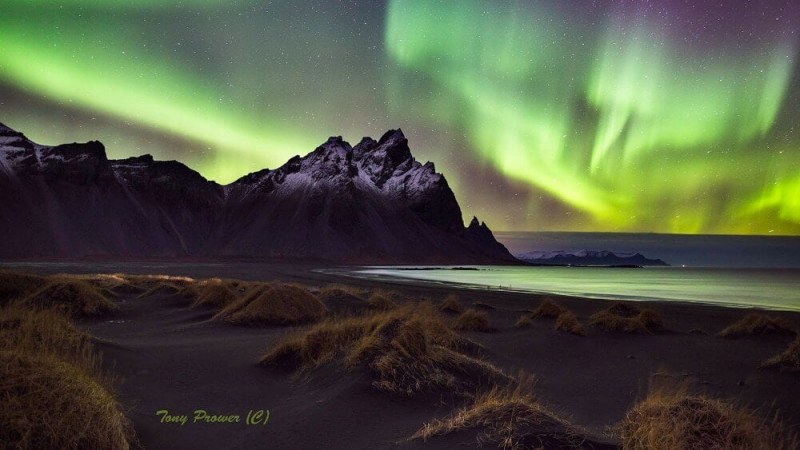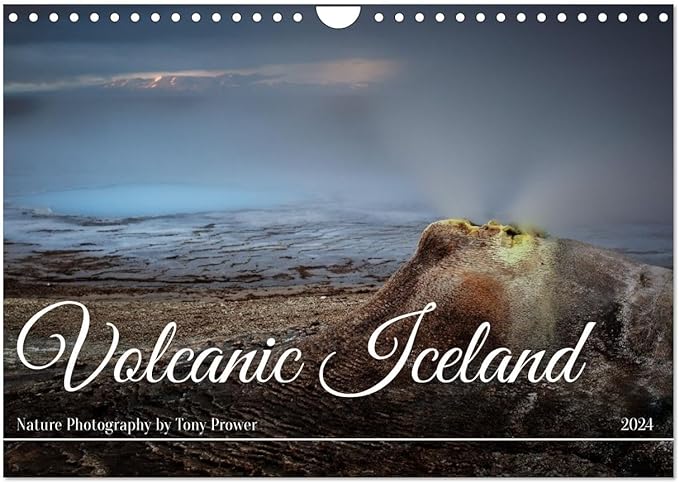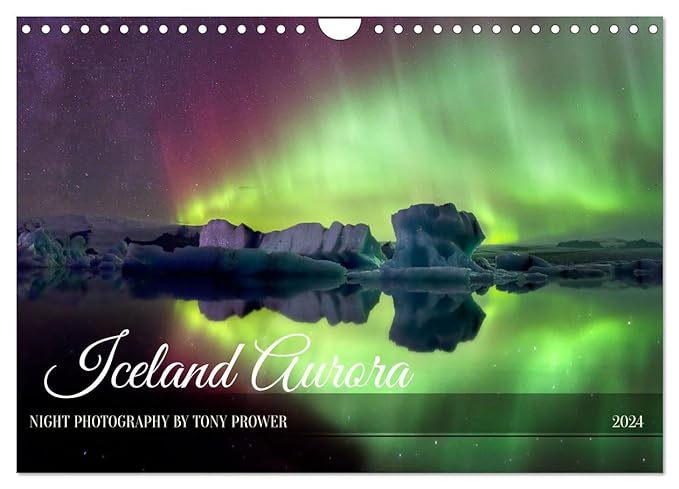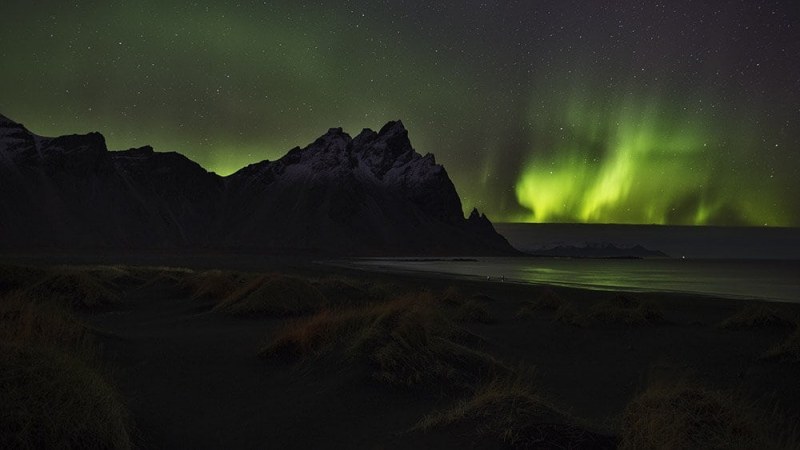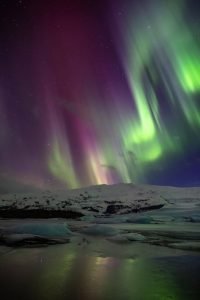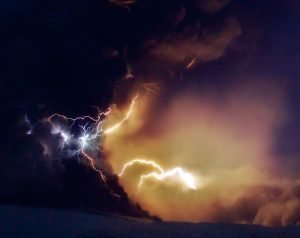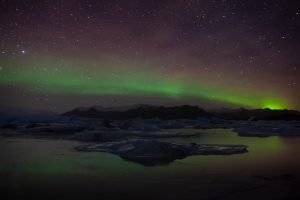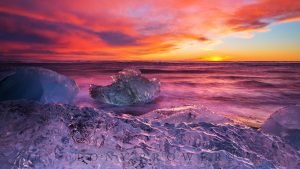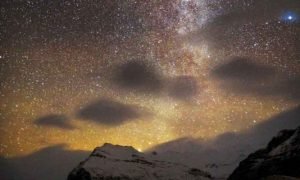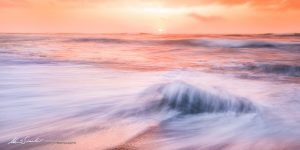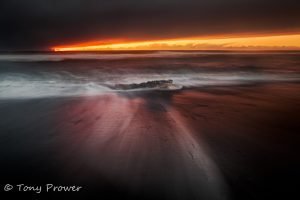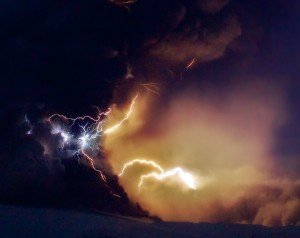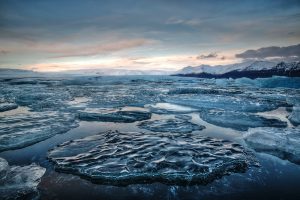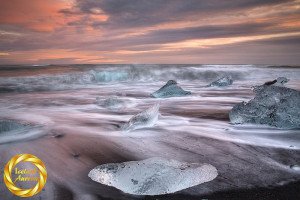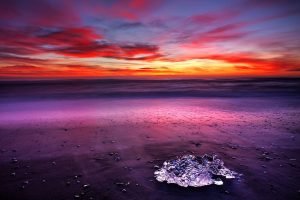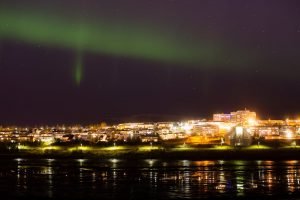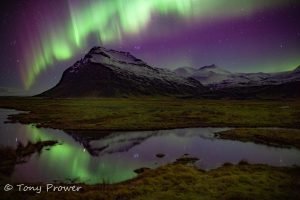Camera settings
- ƒ/2.8
- 24 mm
- 98 seconds
- 1600
Mode: Bulb mode.
Focus: Just before infinity.
Background Story
We had a day of clear skies in our workshop. We chased the sunset to Stokksnes, but were disappointed to see the sun drop below thick horizon clouds about 45 minutes early. The late afternoon light can be perfect from Stokksnes in winter.
We stayed until the colours disappeared and went for a swim and lunch in the nearby town of Höfn.
As there is normally a couple of hours between sunset and the appearance of the Northern Lights, the plan was to waste time in the swimming pool, and have a leisurely evening meal. Several soaks in the ice bucket and one hearty reindeer burger later, we found ourselves looking at an Aurora forecast on the decline. Not to be defeated, we decided to head back to Vestrahorn anyway with a view to doing star trails or some form of night photography. It is always worth remembering that forecasts are not reality, but going outside is.
The best time for Auroras
People often ask me when the best time is to see the northern lights in Iceland. They are normally best between 22.00 and 02.00, but here we were just after 19.00. As we got away from the town lights, we observed a streak of light across the sky. Maybe we would get lucky! It was a very weak Aurora, but it was over the Vestrahorn mountain and it was better than nothing.
Around 19.30 we were treated to a couple of minutes of good Northern lights activity.
Side by side
The difference between the two images is:
- 1. Greater activity in the sky
- 2. about a minute of foreground exposure
The first picture was the photo I took before the featured image. This was only a 38-second exposure. This is because I stopped the exposure to take another shot when I saw the Northern Lights’ activity increasing. This can be a frustrating aspect of Northern Lights Magic Cloth Photography… You sometimes have to ditch a shot mid-exposure to start again when the Northern Lights increase. In these cases, you just hope the activity doesn’t suddenly drop.
Hopefully, you can see the value of that extra foreground exposure. Yes, the second image has been processed, but importantly, the extra exposure has allowed for processing without unwanted noise.
Taken on November 16th, 2017
Location: Vestrahorn Mountain, Iceland.
Camera equipment
- Canon EOS 5D Mark III
- EF24mm f/1.4L II USM
- Medium weight Gitzo
- Magic Cloth = black winter glove.
The L-series Canon EF-24 mm f/1.4 is a nice prime lens for stars.
Focal length
24 mm is just wide enough to capture the whole mountain from Stokksness. But I normally pick on the right edge of the mountain to allow space. For mountain scenery, I found 24 mm was as wide as I could go while retaining the details on the mountain.
Aperture
f/2.8 is a standard for the northern lights. Focusing just before infinity gives a pretty good focus throughout the scene; at least it is more than acceptable at night. The priority is to have sharp stars. f/2.8 on my 24 mm prime does produce a touch of coma in the outer edges of the frame, but is satisfactory.
Composition
For this shot, I swung the camera to the right when the Aurora activity increased in the east. I allowed enough space to prioritise the Northern Lights in the spacious sky. This put the mounting peaks in the centre of the frame (which I would normally try to avoid), but in this case there is enough interest in the sky for this to work. This is a good example of how to break the rules of composition.
Magic Cloth Technique
Long exposure = 98 seconds.
I had a comment on Flickr that 98 seconds is too long for a Northern Lights photograph. This is a matter of opinion, depending if you want the stars to trail or if you want pinpoint stars. My highest-selling photo was a 120-second exposure of the northern lights. As you can see, the stars over Vestrahorn Mountain are pinpoint because they only had a fraction of the entire exposure time.
The Magic Cloth (my gloved hand) was introduced to the scene around 20 seconds into the exposure. The remaining 80 seconds were spent carefully exposing the foreground. This was a moonless night, and the foreground is a dark colour. For about an hour before this shot, I had experimented with many exposure lengths and knew the foreground required a couple of minutes at f/2.8 and ISO 1600.
Thanks for reading!!
